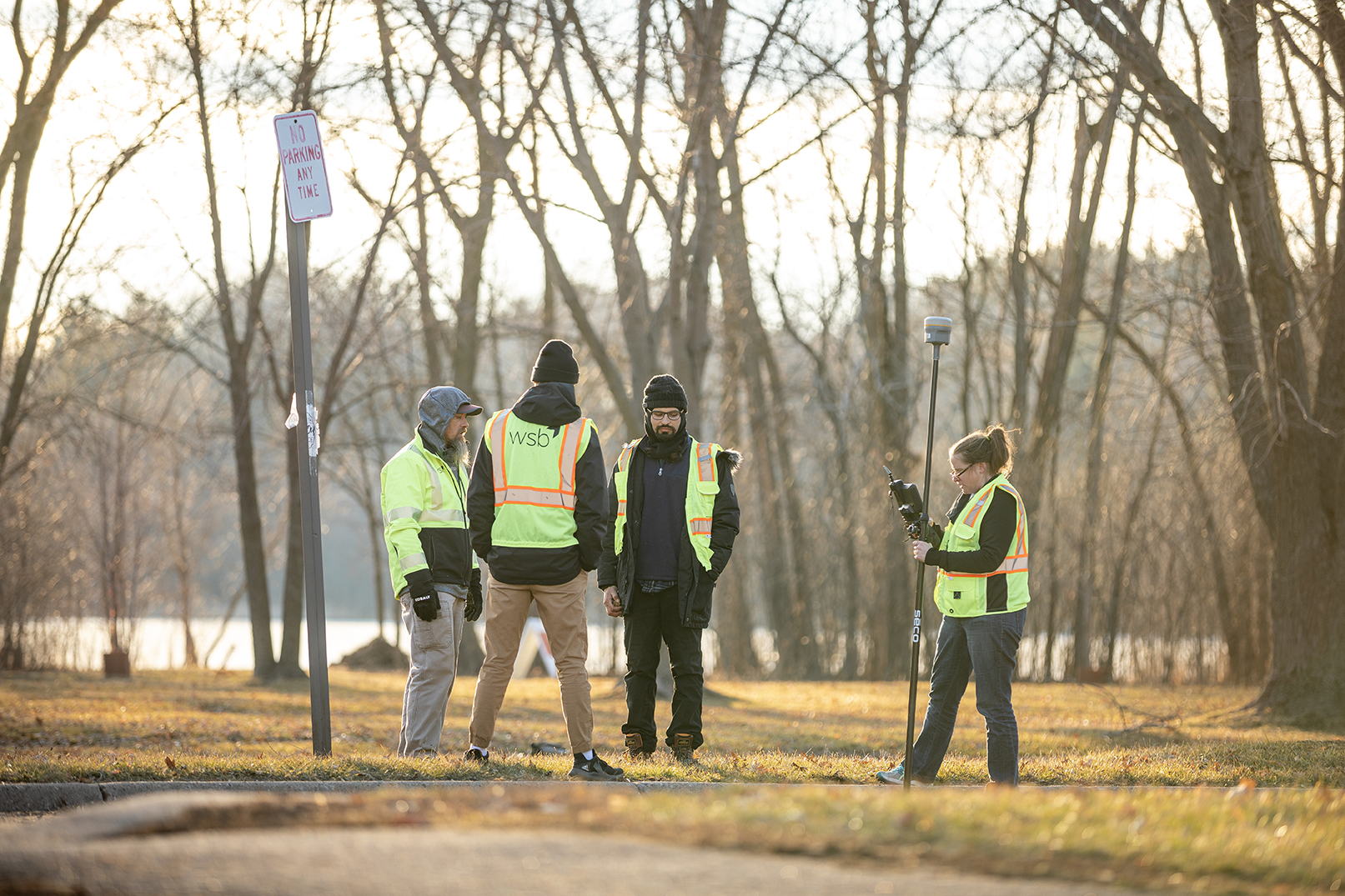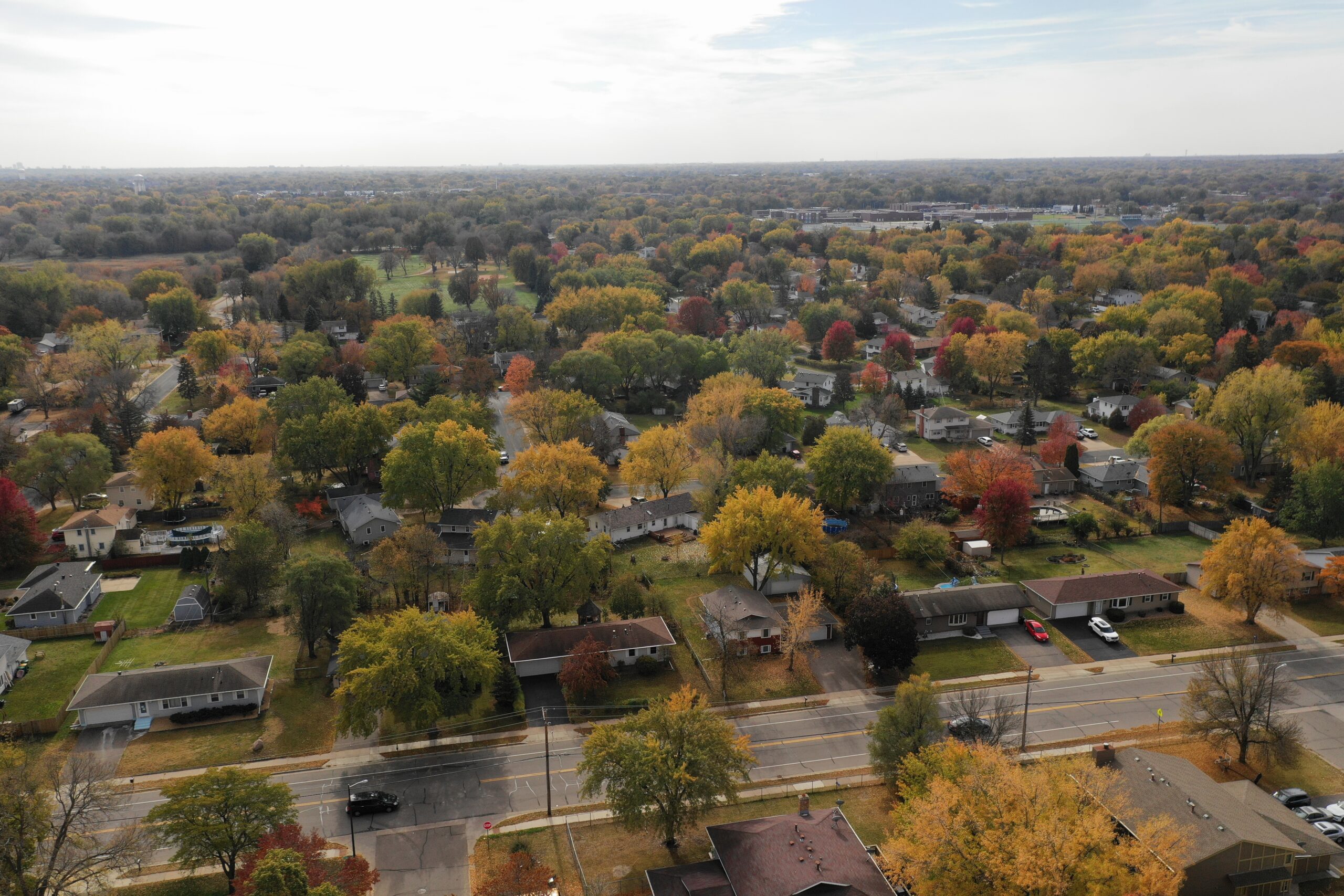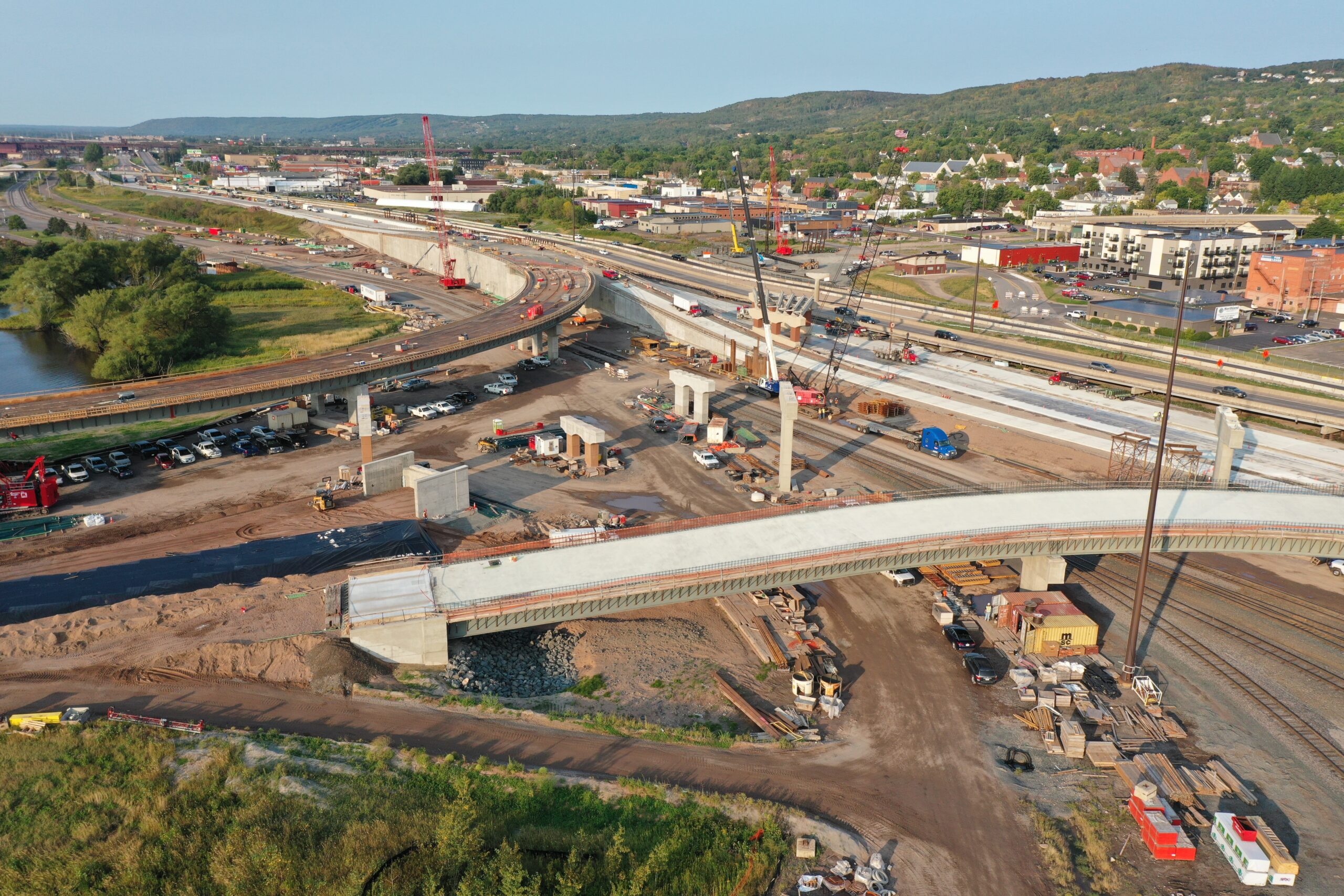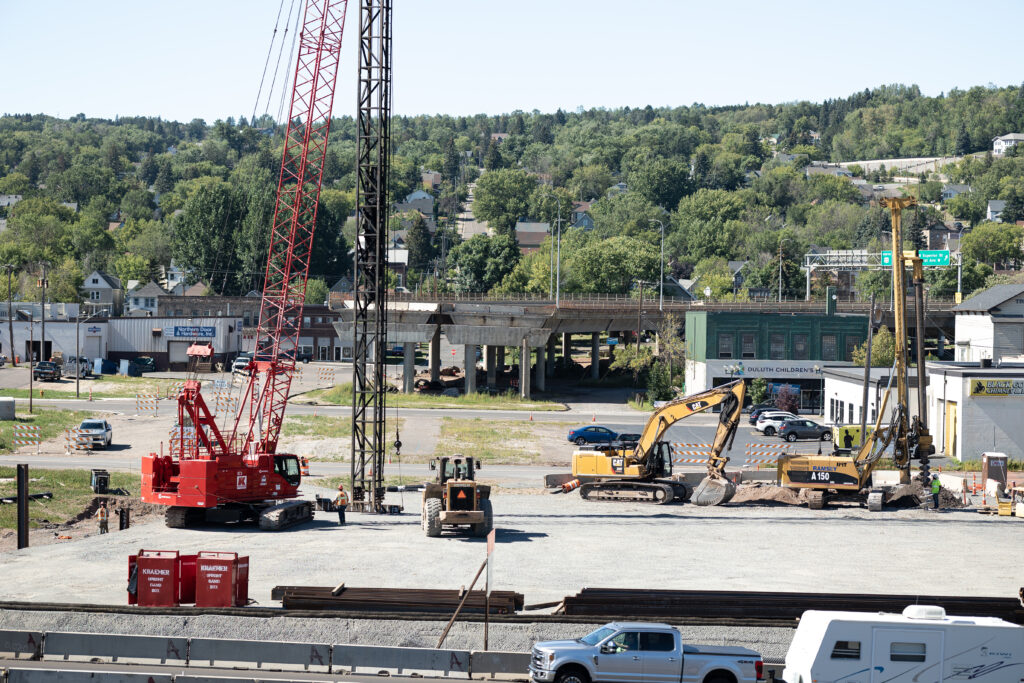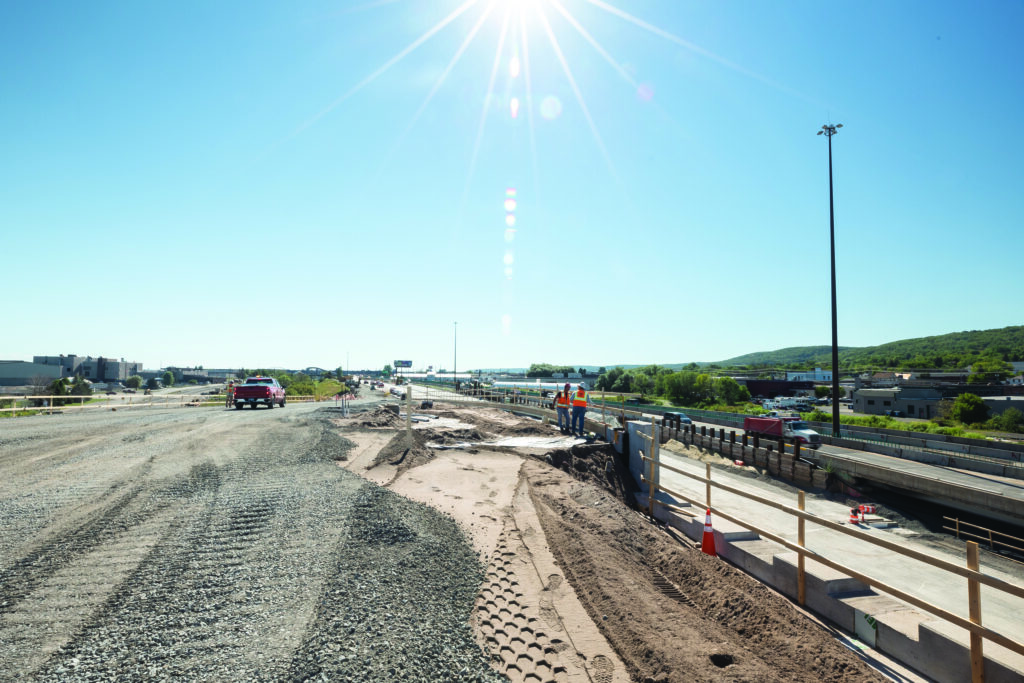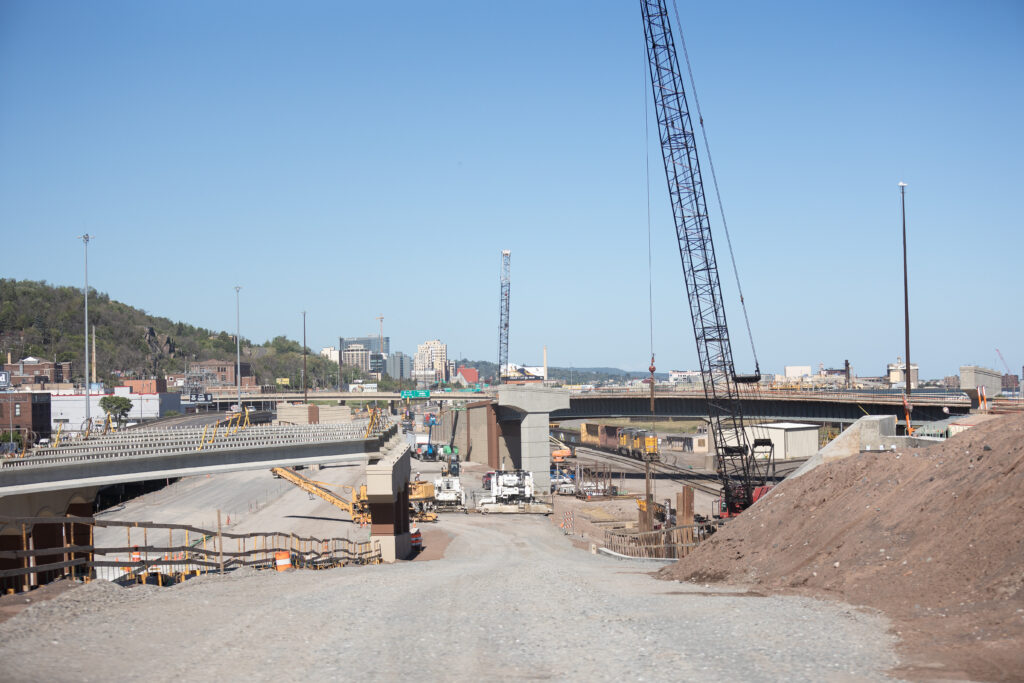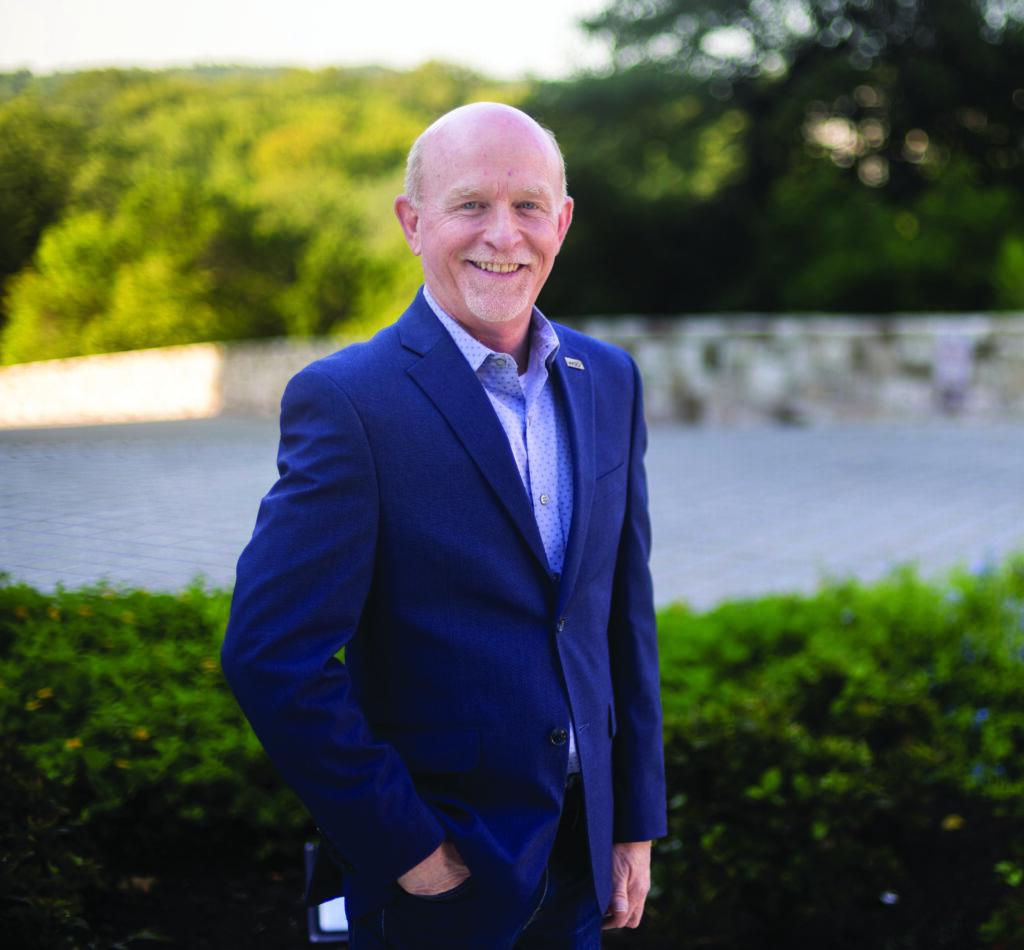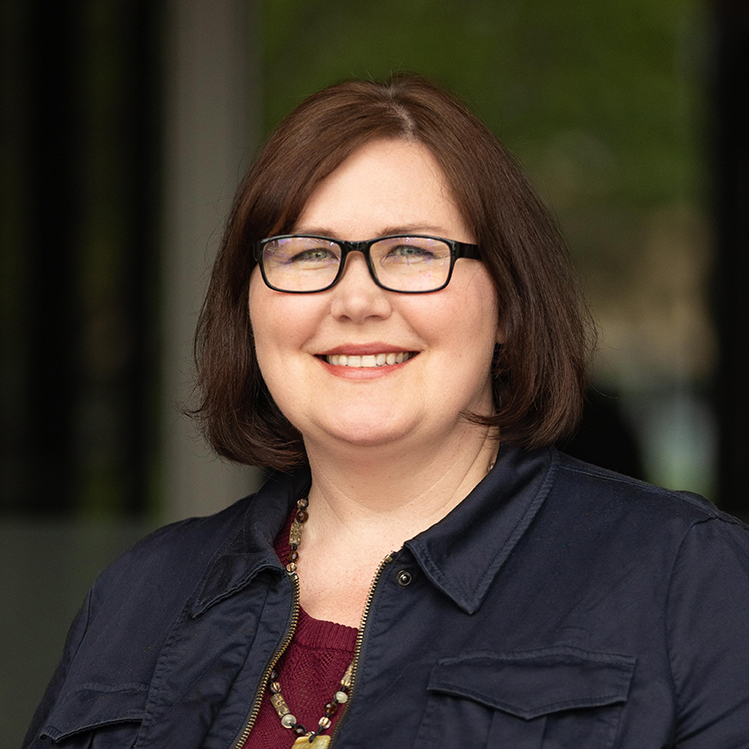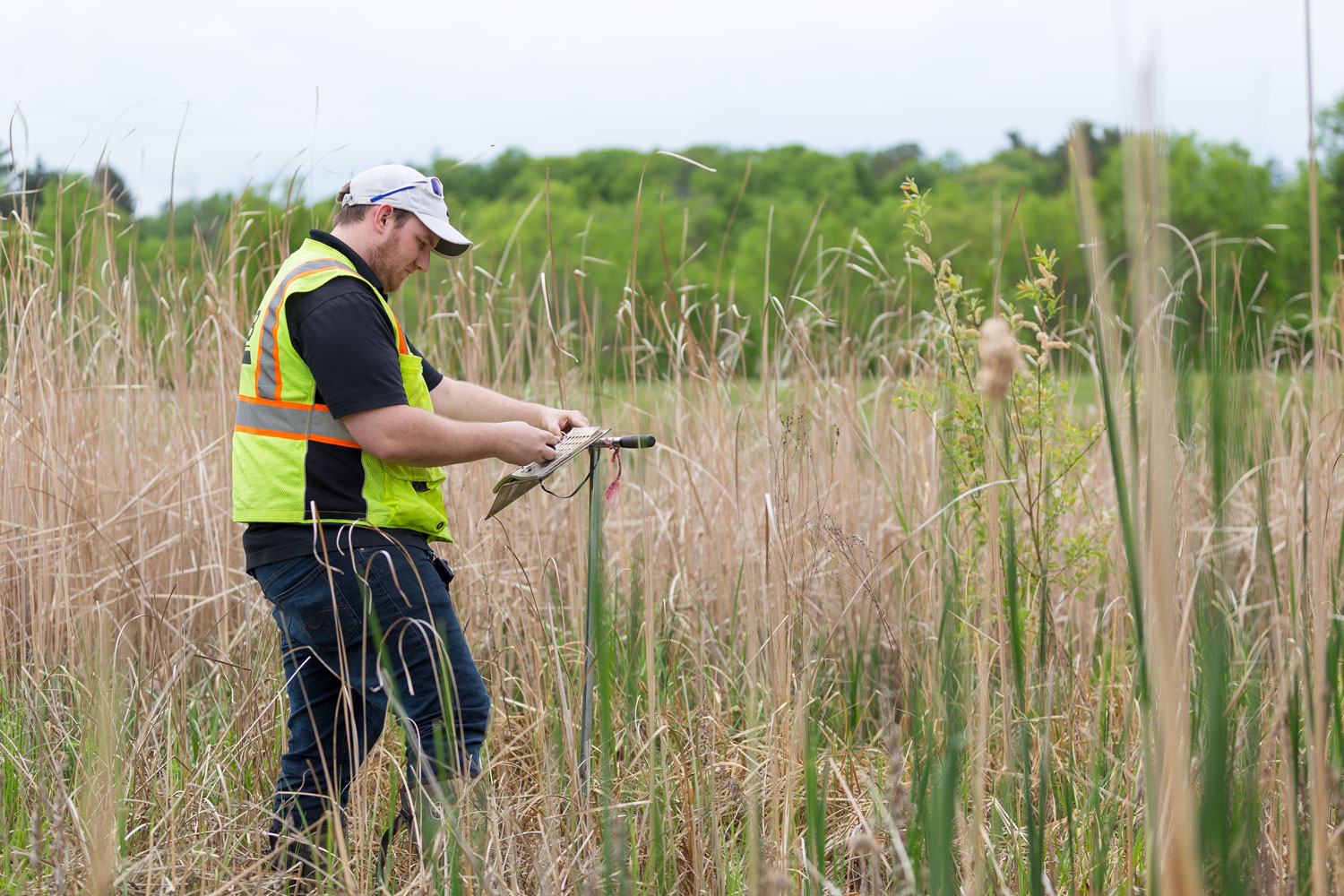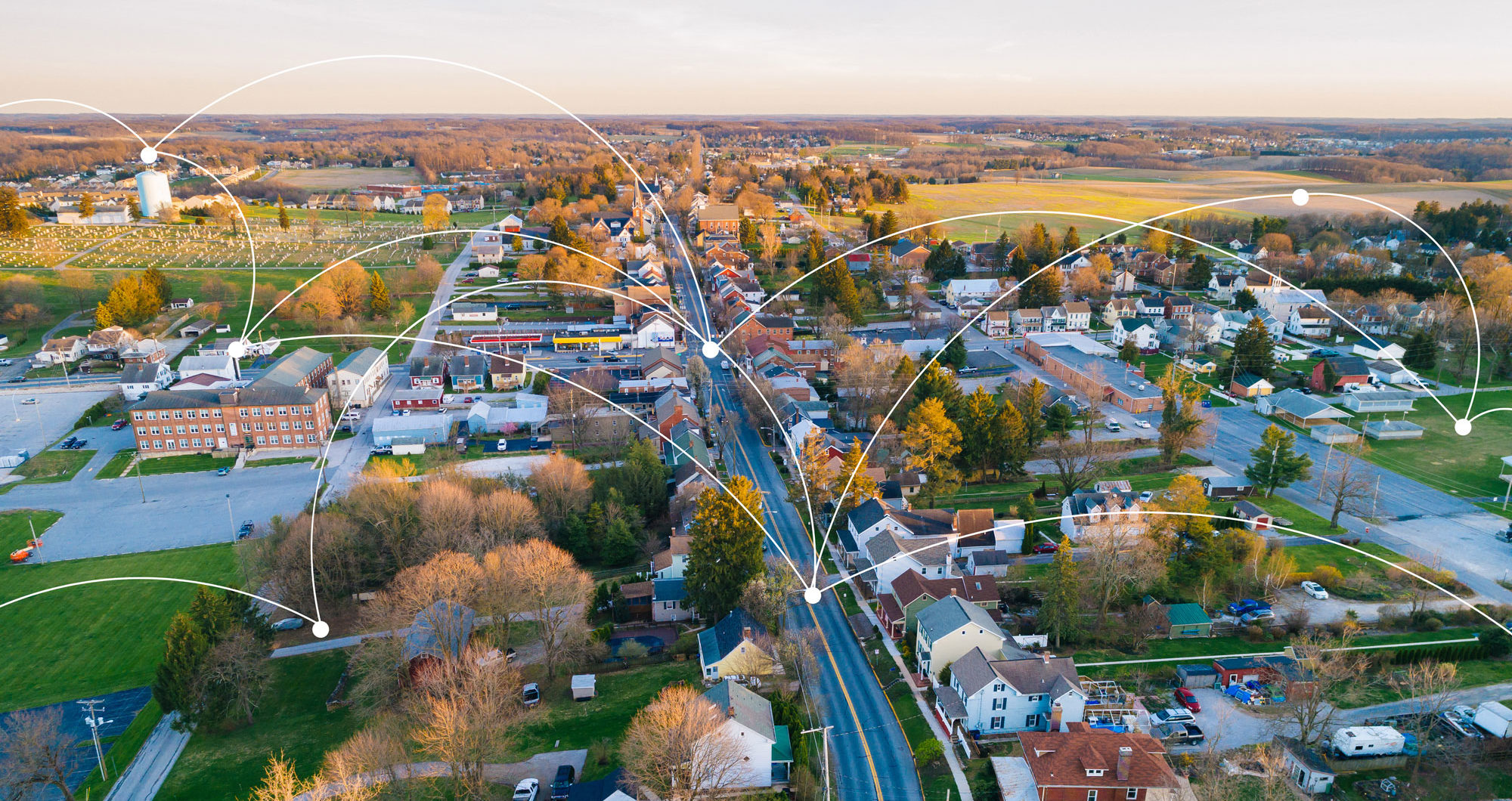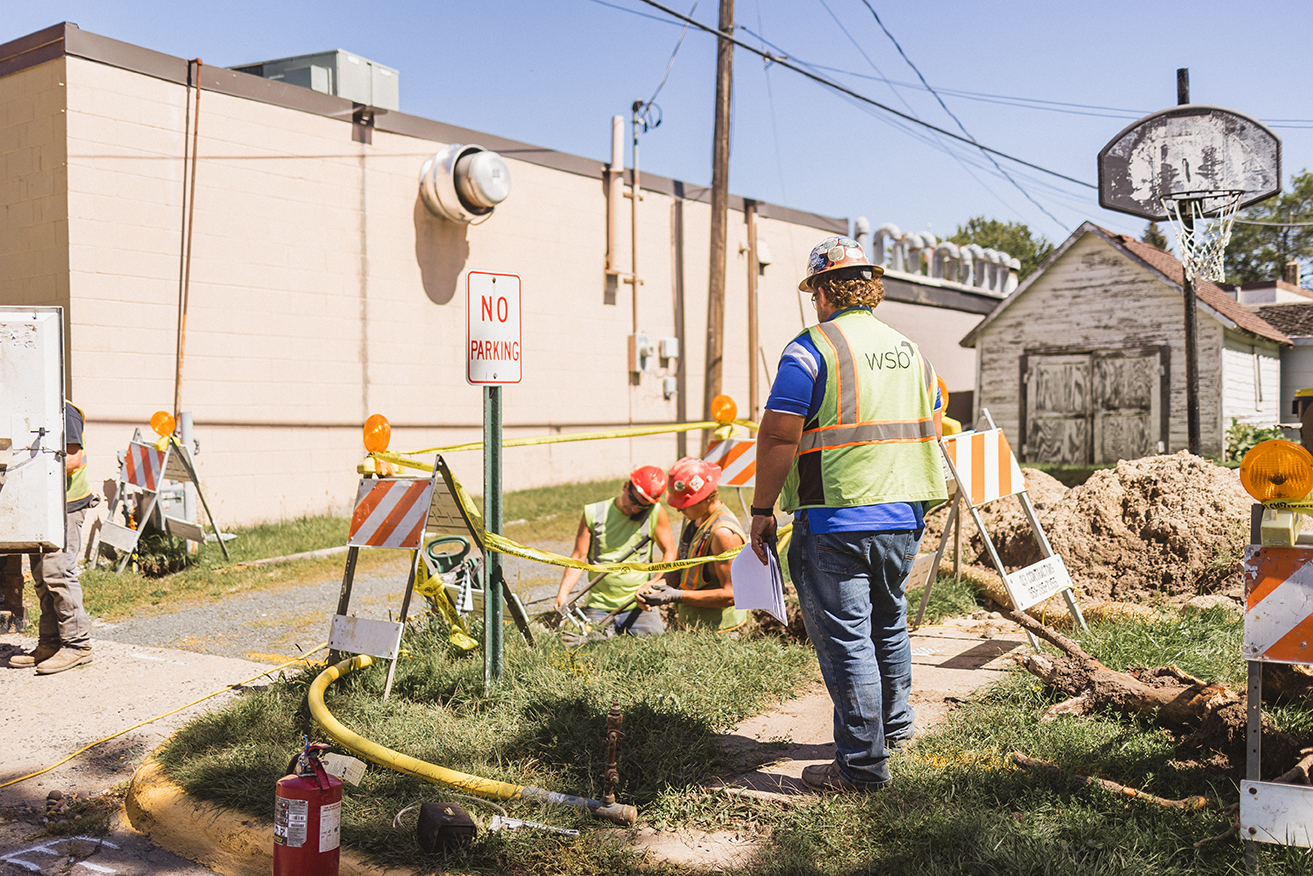
Pipeline Integrity and the PHMSA Mega Rule – What You Need to Know
January 31, 2023
A vital part of a pipeline operator’s job is to ensure the integrity of pipelines always remain impenetrable and intact. The Pipeline and Hazardous Materials Safety Administration (PHMSA), in charge of regulating the pipeline industry, has recently developed new requirements concerning pipeline safety of gas transmission lines, adding layers of complexity and stringent new standards for operators.
The new rule Repair Criteria, Integrity Management Improvements, Cathodic Protection, Management of Change, and Other Related Amendments (also known as RIN2) goes into effect on May 24, 2023, and operators are required to have their integrity management program updated and implemented by February 2024. Because there are so many new complexities and factors involved, operators need to act now to update their program and ensure they adhere to all new guidelines and regulations.
What You Need to Know.
The latest rule specifies that pipeline operators of transmission lines in a regulated Integrity Management Plan update their requirements for repair criteria, assessment repair timelines, management of change procedures, expanded identification of potential threats to pipeline integrity (like a severe weather event), and more.
Where to Place Your Focus and Resources.
As operators review and update their integrity management programs, what are the best practices and things you need to review?
Start by focusing on data integration. PHSMA is requiring operators to incorporate more than forty specific pipeline potential threats into their risk assessments. Updating your integrity program to incorporate these changes is time intensive. New items like geohazard review, external forces, land movement, and water movement are all items to plan for and consider. Operators must start this process by May 24, 2023, and have all required integration complete by February 26, 2024.
Next, it’s important to update corrosion assessment requirements. PHSMA incorporated a standard assessment program that is more prescriptive than before, and corrosion assessments must be built to meet those strict industry standards.
Finally, it’s important to conduct a geohazard review. Operators must now take into account external forces that may affect the integrity of the pipeline. WSB put together a more in-depth article on this topic, and you can find more information on geohazard reviews by clicking here.
Don’t Delay, Act Now.
With so much to do and less than one year to do it all, many operators will find it difficult to allocate the internal resources and time necessary to fulfill all the requirements. Updating the integrity management program takes time, and if you haven’t started, you may already find yourself falling behind.
We have worked in the pipeline industry for over a decade and are available to help update plans, implement procedures, make risk assessments, and meet all requirements to ensure your program is in full compliance with the new rule. We have the team and the know-how to help guide pipeline integrity teams, no matter where you are in the process.
